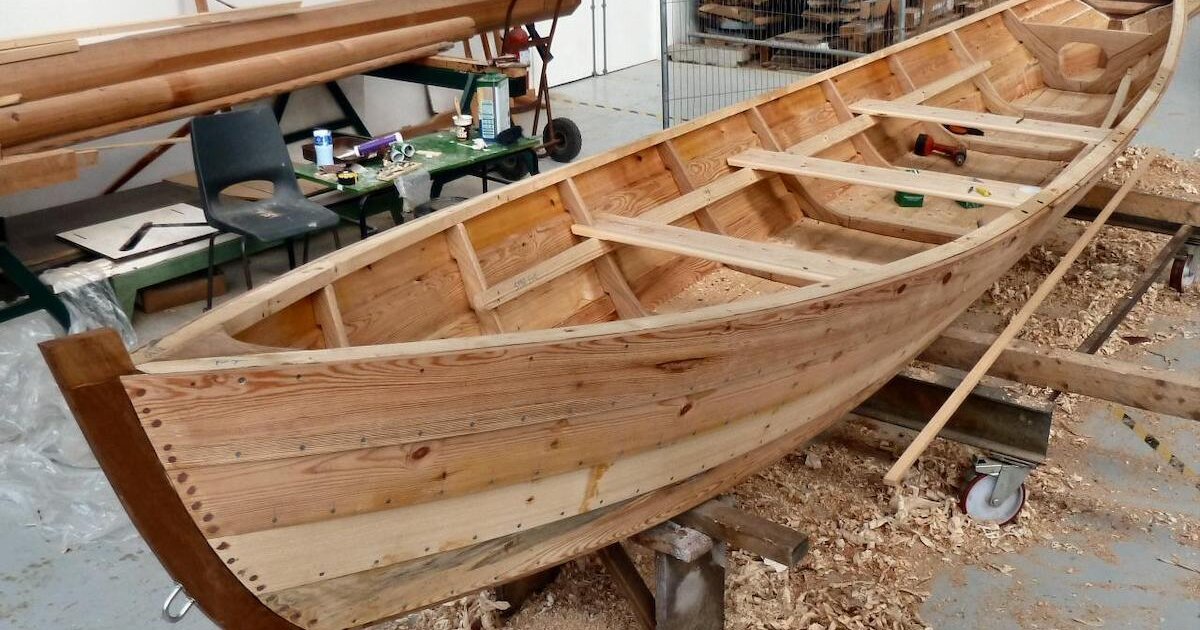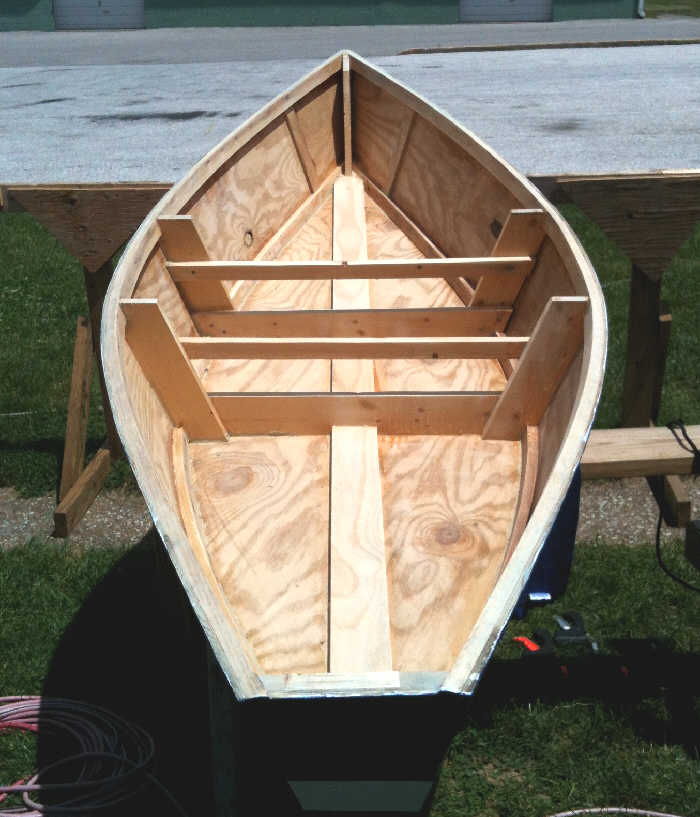
Beyond the Plans: Unveiling Hidden Gems in Wooden Boat Building
Building a wooden boat is a journey, not just a project. "How to Build a Wooden Boat for Recreation, Leisure, and Family Use" provides the blueprint, but the true adventure lies in the nuances, the unexpected challenges, and the creative solutions born from necessity. This review delves beyond the standard instructions, exploring often-overlooked aspects to illuminate the path for aspiring boat builders.
The Unsung Heroes: Material Selection and Sustainability
Most guides focus on *what* wood to use, but rarely delve into the *why* and the *impact*. This is where a new perspective shines.
Q: Beyond the usual cedar and mahogany, what sustainable alternatives are available, and how do they impact the build?
A: The growing interest in sustainable boatbuilding is opening doors to innovative material choices. Consider fast-growing, responsibly harvested woods like Paulownia (Paulownia tomentosa), known for its lightweight yet strong properties. Exploring reclaimed wood from old barns or buildings adds a unique character and drastically reduces the environmental footprint. However, remember that each wood has unique properties affecting workability and durability. Researching the wood's density, rot resistance (using sources like the USDA Forest Service database), and its suitability for boat construction is vital.
Q: How can I minimize waste and maximize material utilization during construction?
A: Precise planning is paramount. Employ digital design software to create detailed plans and optimize cutting patterns, minimizing material waste. This also allows for precise calculations of required materials, leading to cost savings. Consider utilizing scraps for smaller components or even creating unique design elements, transforming imperfections into character. Furthermore, explore collaborations with local woodworkers or lumber yards to acquire offcuts, reducing waste and fostering a community spirit.
Beyond the Blueprint: Embracing Imperfection and Innovation
Building a boat is rarely a perfectly smooth process. The real skill lies in adapting and innovating.
Q: What are some creative solutions for common problems encountered during construction?
A: Let's say your carefully measured plank is slightly warped. Instead of discarding it, consider using steam bending techniques to correct the flaw (with proper safety precautions, of course!). A gap in a joint? Instead of panicking, explore alternative joinery techniques or incorporate decorative inlays to mask the imperfection and even enhance the boat’s aesthetic appeal. Embrace these "happy accidents" as opportunities for unique design solutions, creating a one-of-a-kind vessel.
Q: How can incorporating modern technology enhance the building process while maintaining the traditional charm?
A: Laser cutting can be used to create intricate patterns for decorative elements. 3D printing can help create custom fittings or jigs to assist with difficult joinery. Software like Fusion 360 allows for detailed design and simulation, helping prevent costly mistakes. This combination of traditional craftsmanship and technological aids elevates the building experience, adding a layer of precision and efficiency.
The Family Affair: Building Community and Legacy
Building a boat is rarely a solitary endeavor. It's about connection and sharing.
Real Story: I recently spoke with a family who built a small sailboat together. The project became a bonding experience for the parents and their children, teaching valuable skills in woodworking, teamwork, and problem-solving. The final productâ€"a functional and beautiful sailboatâ€"is a testament to their collective effort and shared memory, far exceeding the simple construction of a boat.
Incorporating family members, friends, or even local woodworking clubs into the build can transform the project into a collaborative learning experience, building not only a boat but also lasting relationships. This shared experience enhances the value of the final product, creating a legacy that extends far beyond the lifespan of the boat itself.
In conclusion, "How to Build a Wooden Boat for Recreation, Leisure, and Family Use" is more than just a manual; it's a springboard for creativity, innovation, and community building. By exploring sustainable materials, embracing imperfections, and leveraging modern technologies, aspiring boat builders can embark on a truly enriching journey, creating a lasting legacy both on and off the water.















